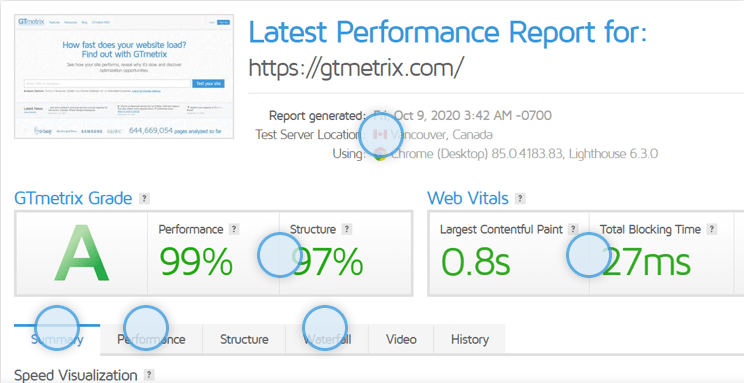Introduction
In the digital world, speed matters. As attention spans decrease and the demand for immediate satisfaction grows, website loading speed has become a crucial aspect of web development. It’s no longer just about getting your website live – it’s about ensuring it loads quickly and runs smoothly to maintain user engagement and satisfaction.
The Impact of Website Loading Speed
A fast-loading website has numerous benefits.
- User Experience: Users appreciate websites that load quickly, reducing the chance of them leaving out of frustration. A delay of even a second can lead to a significant drop in user satisfaction.
- SEO: Loading speed is a known ranking factor for Google. Faster websites tend to rank higher in search engine results, leading to greater visibility and more organic traffic.
- Conversion Rates: Slow-loading websites contribute to higher bounce rates and lower conversion rates. A speedy website helps retain visitors, making them more likely to complete desired actions like purchases, sign-ups, or inquiries.
Strategies for Optimizing Loading Speed
Several strategies can help optimize your website’s loading speed.
- Optimize Images: High-resolution images can significantly slow down your website. Use image compression tools and serve images in next-gen formats (like WebP) to reduce their file size without compromising quality.
- Minify CSS, JavaScript, and HTML: Minifying these elements by removing unnecessary characters, whitespace, and code comments can speed up your loading time.
- Leverage Browser Caching: Caching stores parts of your website in the user’s browser so that they don’t have to re-download everything when they revisit your site, speeding up loading times.
- Use Content Delivery Networks (CDNs): CDNs store copies of your website on servers across the globe. When a user accesses your site, the content is delivered from the nearest server, which can drastically reduce loading times.
- Implement Lazy Loading: Lazy loading only loads images and other elements when they’re needed (i.e., when the user scrolls to them), reducing initial loading times.
- Reduce Server Response Time: Using reliable and high-quality hosting services can reduce your server response time, enhancing your website’s speed.
Conclusion
Website loading speed isn’t just a technical issue—it plays a vital role in user experience, SEO, and conversion rates. At Digital Web Automations, we recognize the importance of website loading speed and implement cutting-edge techniques to optimize it. By ensuring our websites not only look great but perform excellently, we deliver a digital experience that keeps users coming back for more. Your website is your digital storefront, and in the fast-paced world of the internet, speed is undeniably of the essence.

